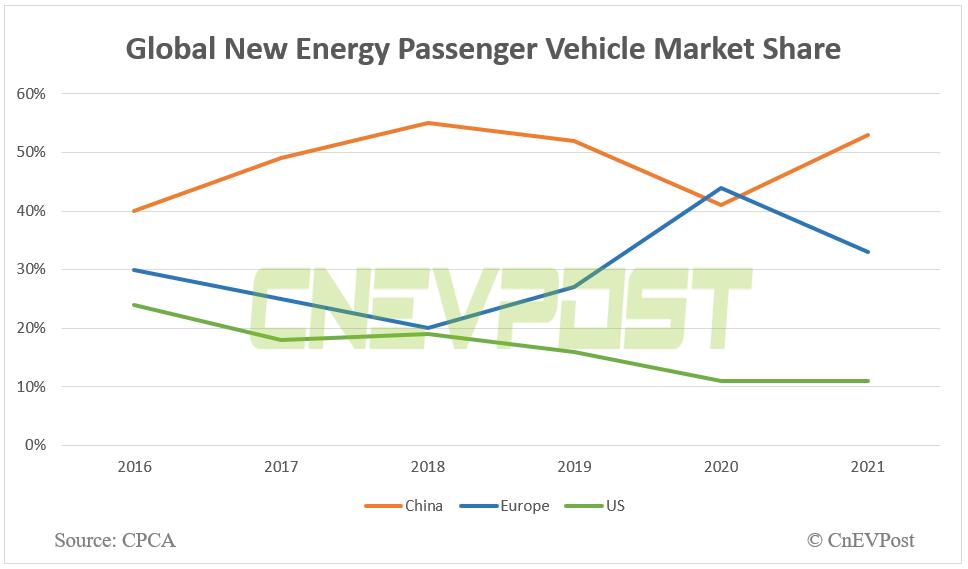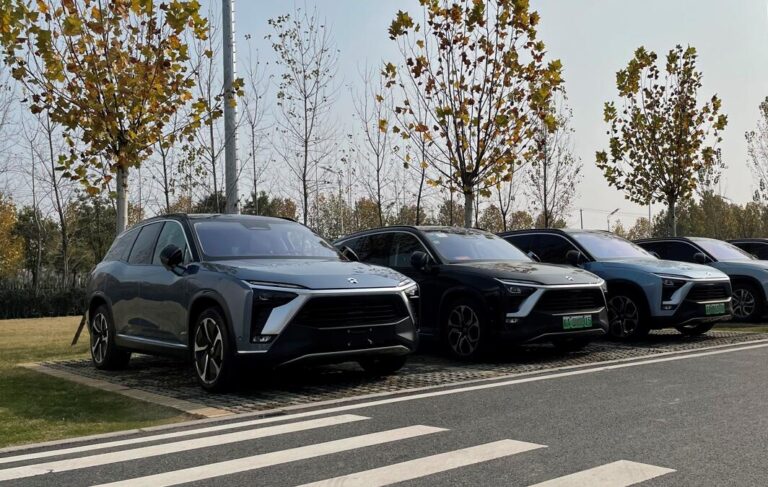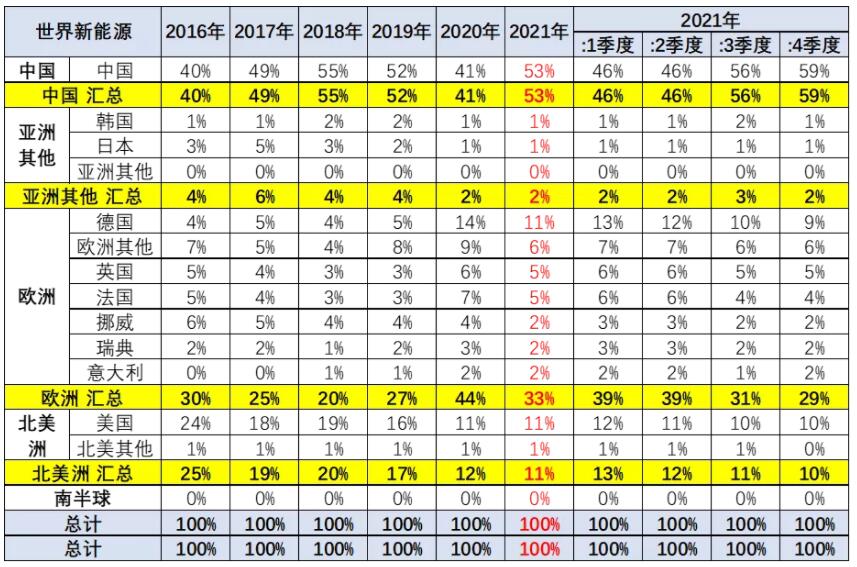After being overtaken by Europe in 2020, China regains its position as the largest contributor to global new energy passenger vehicle sales in 2021.
As the world's largest automotive market, China surpassed Europe last year to regain its position as the largest contributor to global new energy passenger vehicle sales.
In 2021, global sales of new energy passenger vehicles, including plug-in hybrids, battery-electric vehicles and fuel cell vehicles, were 6.23 million units, up 118 percent from a year earlier, Cui Dongshu, secretary-general of the China Passenger Car Association (CPCA), said in a report released Sunday.
China sold 3.31 million new energy passenger cars in 2021, reaching a 53 percent share of the global market, surpassing Europe's 33 percent and the US's 11 percent, the report showed.
China was the largest contributor to global new energy passenger vehicle sales from 2016 to 2019, and reached an all-time high share of 55 percent in 2018.
But in 2020, the share contributed by the country decreases to 41 percent, surpassed for the first time by Europe's 44 percent, according to the CPCA.
In 2020, China's position in the new energy vehicle (NEV) market declined because of the policy environment and the Covid-19 epidemic, with Europe's overtaking dynamics evident, according to Cui.
In the second half of 2020, China's NEV market gradually recovered. By the fourth quarter of last year, China's contribution to global NEV sales increased to 60 percent as the European market was impacted by the Covid-19 outbreak, according to Cui.
This is mainly because the drivers of China's NEV market shifted to market-based forces, gaining strong endogenous growth momentum, according to Cui.
Looking at the penetration of NEVs in major global regions, China was at 13 percent in 2021, much higher than the 5 percent in 2020 and the 1 percent in 2016, according to the report.
Europe was also at 13 percent in 2021, up from 8 percent in 2020 and 1 percent in 2016. The US was at 4 percent in 2021, up from 2 percent in 2020 and 1 percent in 2016, according to the report.



